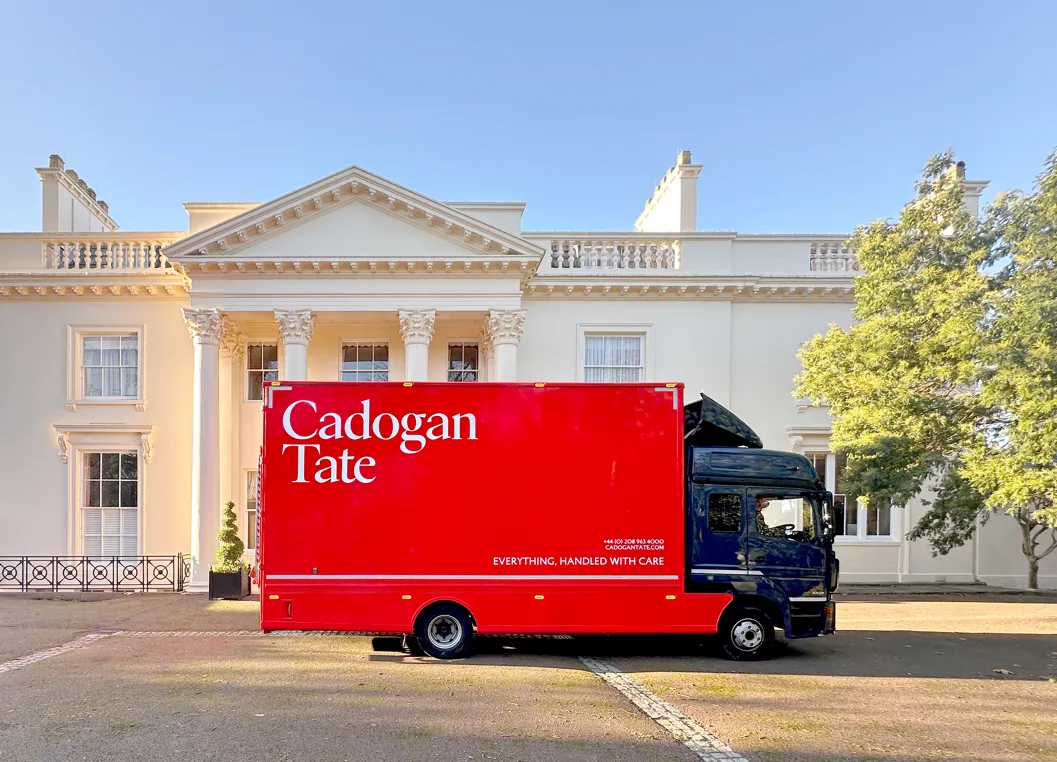Andy Warhol: Biggest selling artist of 2012
If there was a name that seemed to have entrenched itself in every aspect of the art world in 2012, it was Rothko. This was markedly the case at auction, where works by the American abstract expressionist were snapped up with glee, and, as we have previously discussed, for serious money. He seemed to be the investment of choice and made headlines, the reluctant poster boy for the market’s robustness.
Yet, of course, many, many sales took place over the year, at countless fine establishments across the world, purchases of the old and the new, the known and the unknown, all adding up to make it a vintage year.
It is surprising then to find that Rothko wasn’t actually the biggest selling artist of 2012. That honour went to pop art supremo Andy Warhol, who is, we concede, habitually popular, though seemingly quite last year critically, commercially and curatorially. Note the reference to seemingly, which we will soon return to.
Figures compiled by Artnet for Bloomberg News have estimated that works by Warhol sold for a total of $380.3 million (approximately £236.8 million) in 2012. He overtook 2011’s surprise star Zhang Daqian, a captivating Chinese artist who easily switches from abstract compositions to classic works that pay homage to old masters.
Warhol even trumped the stalwart that is Pablo Picasso, apparently the one truly reliable figure in modern art, who has, for 15 years, predominately been the number one selling artist at auction.
His power or hold on investors and critics is not under attack though, nor is he suffering from a period of insecurity. It’s all about supply, the art-advisor Wendy Goldmsith told Bloomberg.
“There weren’t as many good examples from the right periods coming up for auction last year,” she explained. “The market still loves Picasso. People just don’t want to let them go.”
What the figures show, and the fact that artists like Warhol, Picasso and Gerhard Richter are much desired, is the current mood for post-war and contemporary art has never been better. The way things are going it looks as though this is more than just a trend, but a real residency of spirit in mind that is completely in rapture with this era of art.
“Contemporary art is where the dynamic energy is at auctions,” Jonathan P. Binstock, senior adviser in post-war and contemporary art at Citi Private Bank Art Advisory & Finance, told the online news provider.
“The market is selective and concentrated on works by certain artists. The instant recognisability of masterpieces by Warhol and Richter makes them well suited to performing well.”
Let us return to “seemingly”. We might gauge, in passing discussion with aficionados and the art world cognoscenti that Warhol felt absent, two of his works nevertheless went under the hammer for massive amounts.
Double Elvis (1963), a self-descriptive silkscreen portrait of the famous musician as a cowboy, achieved $37 million (£23 million) in May, while Statue of Liberty (1962), another silkscreen that is equally self-explanatory of its composition, realised $43.7 million (£27.2 million).
“Being good in business is the most fascinating kind of art,” Warhol once said, knowing all too well the strangeness of it all. “Making money is art and working is art and good business is the best art.”
While many other artists from years gone by and today would say au contraire, that is utter twaddle, art is beyond the hold of money, of convention or wide appeal – the latter both a blessing and a curse – it has to be seen to be a good thing that the industry is doing so well. Art has a staying power and appeal that cannot be understood or underestimated.
Cadogan Tate has extensive experience in shipping fine art all over the world.



